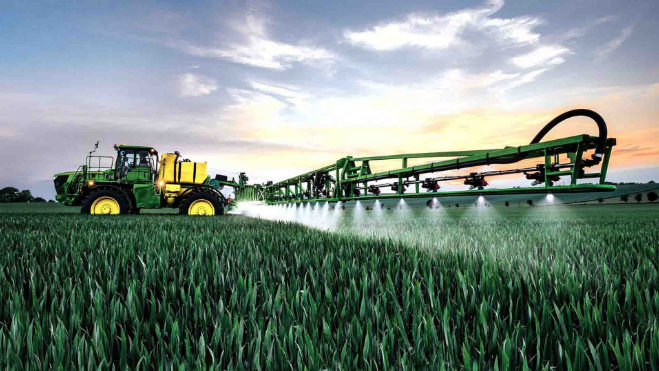Many among us wouldn’t have heard about this newly emerging blockchain in agriculture concept. For many this might be entirely a new concept, while some might be just aware of the very basics of the concept. In this article we are going to shed light on very basic idea behind the blockchain. This is actually a distributed ledger network. Well, this may certainly make no sense to you at all, but don’t worry I will try to elaborate it further. So a blockchain is made up of transactions. And the good thing is that a very systematic record of these transactions is maintained. A ledger is the document that allows you to put your hand on the pulse of company and it provides you with irrefutable facts that cannot be denied. Each transaction is recorded as a block link to the previous entry maintaining a chain relationship in all of the entries. Now the question is that what makes this chain unique is that this ledger is not maintained and kept at only one place. This is rather shared with every single user on his or her computer wherever he is sitting and connected to this network. This record is constantly validated updated by making a comparison with all other ledgers. Because each node has an updated copy of the ledger, at the same time it is completely transparent and also traceable as well so that the entire record could be scrutinized at any given time without any hurdle.
This might be a very basic concept yet you can make some conclusions that how on the basis of this we can benefit in the agriculture sector. The factor of traceability and transparency are the key ideas to understand its practical implementation. The farmers in far flung remote areas are bound to wait for months is order to sell their product and receive money. This deprives them of many basic necessities of life. This slowed down process discourages the farmers and further lowers their incomes. The implementation of blockchain would allow for immediate payments to the buyer, produces and seller with the help of agricultural chain supply software. This would allow tracing back the money trail to the farmer in case of production of some specific food supply. This chain also allows figuring out the quality of the yield for consumers in order to determine its price. Its implementation may revolutionize the agriculture sector within no time.


